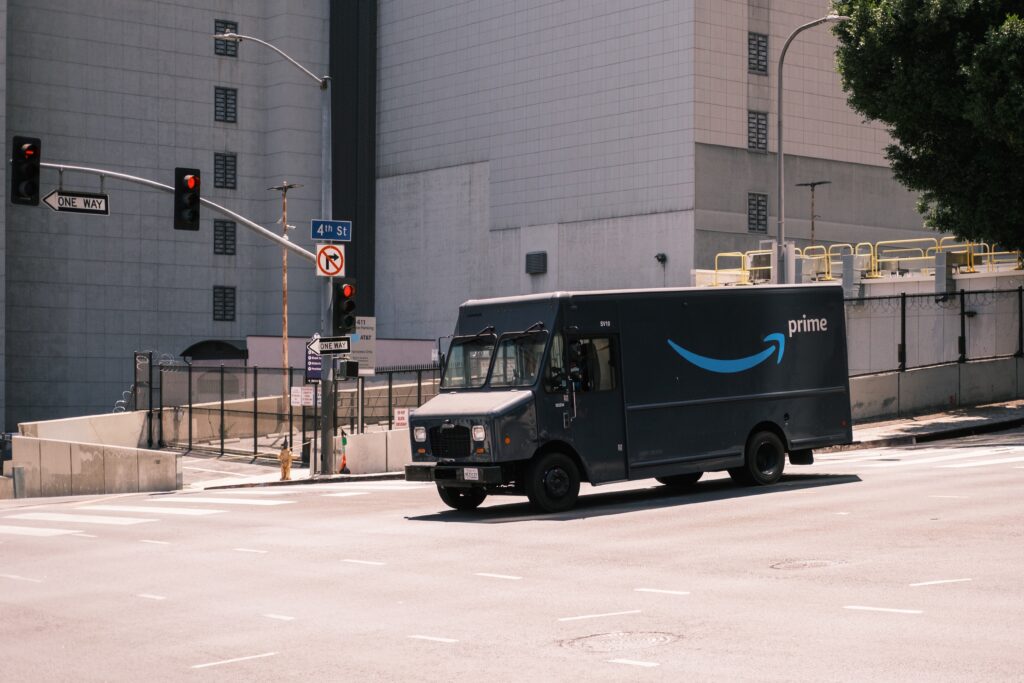Amazon FBA (Fulfillment by Amazon) is a service offered by Amazon that enables third-party sellers to store their products in Amazon’s warehouses, where the company then handles storage, shipping, customer service, and returns on behalf of the seller. The service has become increasingly popular over the years, with many sellers choosing to use FBA to streamline their operations and reach more customers.
In this article, we will take a closer look at Amazon FBA, including how it works, how to get the most out of it, relevant statistics, why a seller would want to use it, why a seller would want to avoid it, and potential future details.
What is Amazon FBA?
As mentioned, Amazon FBA is a service that allows third-party sellers to store their products in Amazon’s warehouses. When an item is purchased, Amazon picks, packs, and ships the product to the customer, and handles customer service and returns as well. This can be a significant advantage for sellers, as it frees up time and resources that would otherwise be spent on managing inventory, packing and shipping products, and dealing with customer service issues.
Does Amazon FBA matter in 2023?
According to Amazon’s Q3 2021 earnings report, Fulfillment by Amazon continues to grow rapidly, with third-party seller services accounting for $23.7 billion in revenue, up 32% year-over-year. Additionally, Amazon reported that more than half of the items sold on Amazon in Q3 2021 were from third-party sellers.
This growth has only continued, which means sellers are still encouraged to participate. First and foremost, it allows sellers to focus on other aspects of their business, such as product development and marketing, while Amazon handles the logistics of storage and shipping. This can be especially beneficial for small businesses or individuals who don’t have the resources to manage inventory and shipping on their own.
In addition, using Amazon FBA can help sellers reach a wider audience, thanks to the Prime badge and Amazon’s global fulfillment network. By offering Prime shipping, sellers can attract more customers, as many Amazon shoppers are loyal Prime members who value fast, free shipping. And by leveraging Amazon’s global fulfillment network, sellers can reach customers all over the world, even if they are based in a different country.
How can I get the most out of it?
To maximize your experience and efficiency with Amazon FBA, sellers should carefully manage their inventory levels and pricing strategies. By using Amazon’s inventory management tools, sellers can ensure that they always have enough stock on hand to meet demand, while avoiding excess inventory that can lead to storage fees. This way, you’re ensuring you’re not wasting inventory space on products that are not moving while capitalizing on every opportunity and providing exceptional customer service by keeping high-demand items in stock. In terms of pricing, sellers should consider using Amazon’s automated pricing tools to adjust prices based on market conditions and competition.
Should sellers avoid Fulfillment by Amazon?
While there are many benefits to using Amazon FBA, there are caveats of which to be aware. For one, there are fees associated with using the service — storage, fulfillment, miscellaneous, all of which can add up quickly. Additionally, because Amazon is responsible for handling the shipping and storage of products, there is always a risk of damage or loss during transit.
Furthermore, some sellers may prefer to handle their own inventory and shipping, either to maintain greater control over the process or to avoid the aforementioned fees. In some cases, it may make more sense for a seller to use a different fulfillment service or handle their own logistics in-house, like an Amazon prep center.
Looking Forward
In the coming years, it seems likely that Amazon FBA will continue to grow and evolve in the coming years. For one, we can expect to see increased competition from other ecommerce platforms and fulfillment services, as more sellers look for alternatives to Amazon. Additionally, Amazon is likely to continue to invest in its fulfillment network, expanding the number of warehouses and improving its technology to provide even faster and more efficient service.
Sellers may also see the impact of regulatory changes on Amazon FBA. In recent years, there has been increased scrutiny of Amazon’s dominance in the ecommerce market, with some calling for greater regulation and oversight. This could lead to changes in how Amazon operates its FBA service, potentially impacting fees, policies, and other aspects of the program.
Lastly, and least surprisingly, we may see new features and tools added to Amazon FBA in the future, as Amazon looks to stay ahead of the competition and provide even more value to sellers. For example, they may implement improved inventory management tools, expanded advertising options, or new ways for sellers to connect with customers and promote their products.
Managing Your Online Presence
While Amazon FBA is a valuable service for many third-party sellers, it is only one part of your ecommerce strategy. Before using a fulfillment service, customers need to find your products. That’s where Teikametrics comes in. Our industry-leading AI, Flywheel 2.0, uses data from multiple marketplaces to optimize your ads and listings every hour. With our help, brands of all sizes have seen great improvements in their Amazon performance. See the power of Flywheel for yourself, reach out today.





